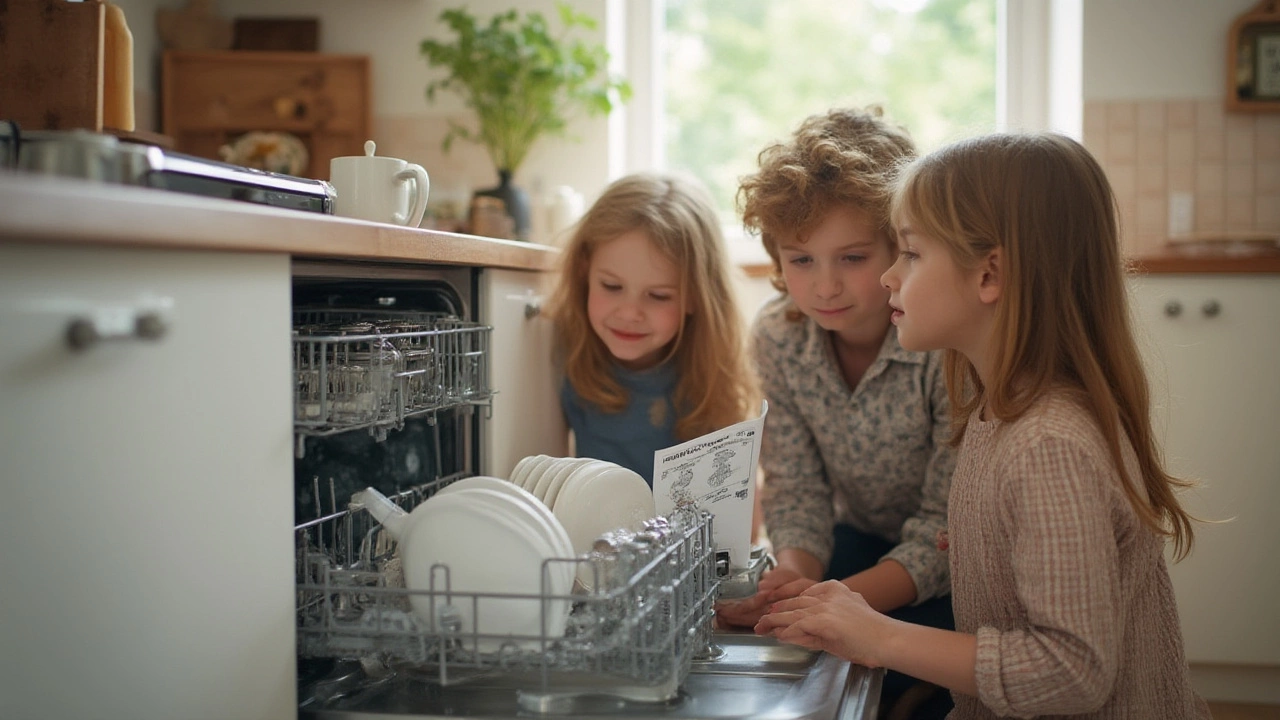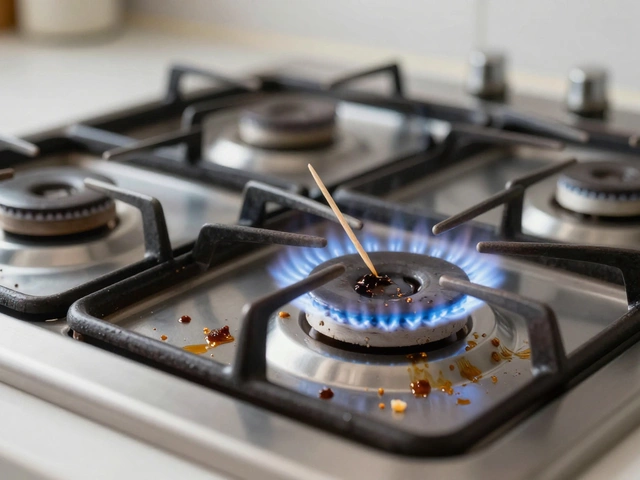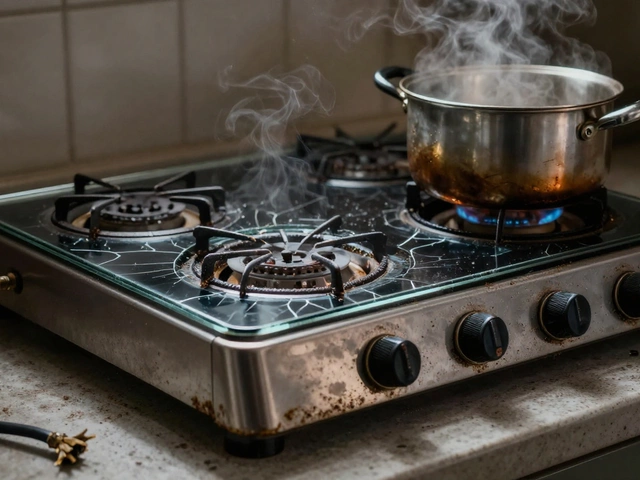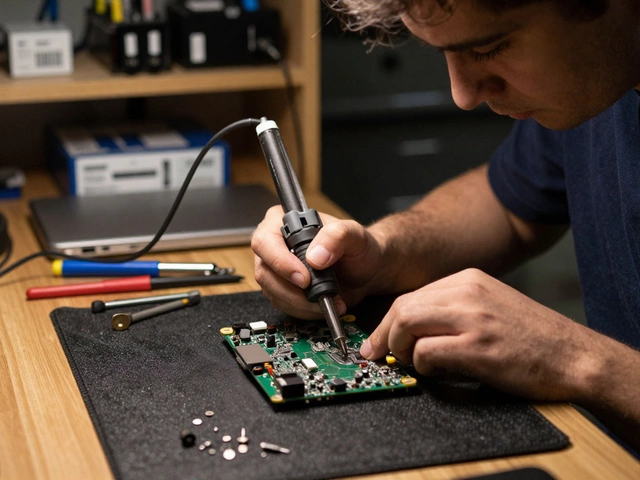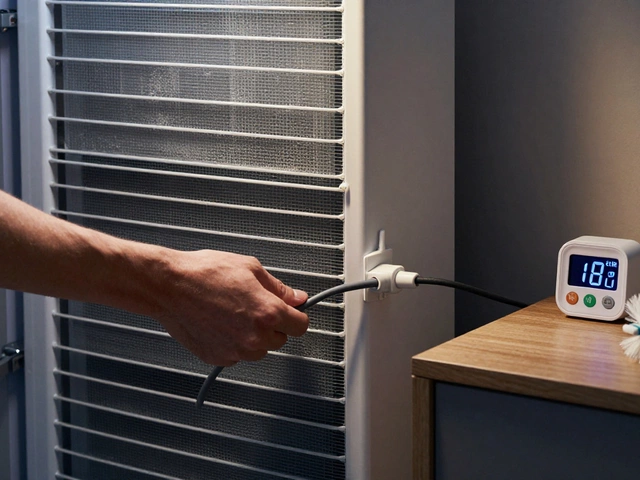Picture this: You open your dishwasher ready to unload sparkling dishes, but instead you’re greeted by a puddle of dirty water sloshing at the bottom. Gross, right? This is the scene many homeowners face, because by far the most common dishwasher fault is when the machine simply refuses to drain. It’s a problem that frustrates millions every year, and let’s be honest, no one looks forward to fishing out soggy noodles with their bare hands. Stick around—I’m walking you through the real reasons for this, what actually happens inside the machine, and how you can get back to shiny plates in no time.
Why Dishwashers Don’t Drain: The Root of the Trouble
Draining issues top the list for dishwasher problems worldwide. Most service calls? People complaining their machine won’t clear out that grimy water. But let’s bust one myth right away: Nine times out of ten, your dishwasher isn’t dead. It’s not about faulty electronics or dying motors. It’s all about clogging—mainly with food, grease, or even the very soap you toss in for “extra clean” loads. When that murky pool appears, start by checking the filter. Most folks never even think to clean this, but it’s ground zero for all things gross. Filters trap bits of pasta, coffee grounds, seeds, and every crumb that sneaks in. If you haven’t unscrewed or popped out that mesh tray in the bottom lately, it’s probably caked with slime. Fun fact: Industry data shows over 40% of ‘malfunctioning’ dishwashers just need a filter cleaning!
Moving up the ladder, the drain hose is another trouble spot. This hose runs behind or beneath your dishwasher and empties water into the household drain. Anyone with a kinked garden hose knows the drill—bends and clogs stop the flow. I’ve seen everything from chicken bones to a stray fork jammed in these hoses. Some machines have an extra trick: an air gap device, sitting beside your kitchen faucet. It keeps drain water from backing up, but it gets full of gunk easily. Still, nothing competes with the havoc that garbage disposals can bring. If your dishwasher drains through the garbage disposal, a clogged or newly installed disposal (where the knockout plug wasn’t removed) can stop water cold. It sounds technical, but you don’t need an engineering degree to peek under the sink and spot a hose that isn’t draining properly.
One more oddball clue: a broken check valve. This one-way valve is supposed to keep wastewater from sloshing back into the dishwasher. If it fails (and they do), dirty water finds its way back in after every cycle. Also, sometimes it’s just too much detergent. Cheap, off-brand pods or powder can foam up, leaving sticky residue and causing sensors to think the water still isn’t draining. When your machine throws up error codes like E24 or F2E2, it’s time to start investigating these spots. Nearly every major brand—Bosch, Whirlpool, Samsung—they all see the same basic complaints. That’s why fixing drainage isn’t some rare wizardry; it’s regular kitchen stuff going sideways.
What Actually Happens Inside When the Fault Strikes?
So let’s pop the hood—figuratively—and see what’s going on when the dishwasher bogs down. Every wash, after scrubbing cycles, a small drain pump fires up. It’s built to push water out, not handle a swamp of scraps. When food sludge clogs the filter, pump, or drain path, the system can’t clear out water, and it just sits there. Some machines try for a while, then lock up and flash an error. Others turn right off, leaving a silent pool below the racks. If your dishwasher is “dead quiet” but still wet, it’s probably turning off to avoid burning out the pump motor. Modern models are smarter than they look—sensors detect water levels and will stop running if there’s too much resistance. This is great for longevity but tricky for diagnosing the root issue.
Ever notice a weird hum, a clicking noise, or a faint burning smell? These often come from the drain pump struggling with debris. The motor can overheat if it’s working against a clog long enough. It usually shuts itself down after a few tries, saving you from a more expensive repair. But, sadly, some users keep restarting cycles, thinking it’ll “just work” next time. Instead, the pump wears out, and what a simple clean could have fixed now turns into a $200 part replacement.
Manufacturers know this is the number one issue. That’s why almost all instruction manuals have the same warnings in bold: empty large scraps before loading, clear the filter monthly, check for hose kinks. But let’s be real—who actually does this every month? Life gets busy, dinner runs late, and cleaning the dishwasher’s insides isn’t anyone’s favorite hobby. So when it starts acting up, understanding how it fails actually gives you a leg up: Wild as it sounds, every “broken” dishwasher is really just asking for a little routine TLC.
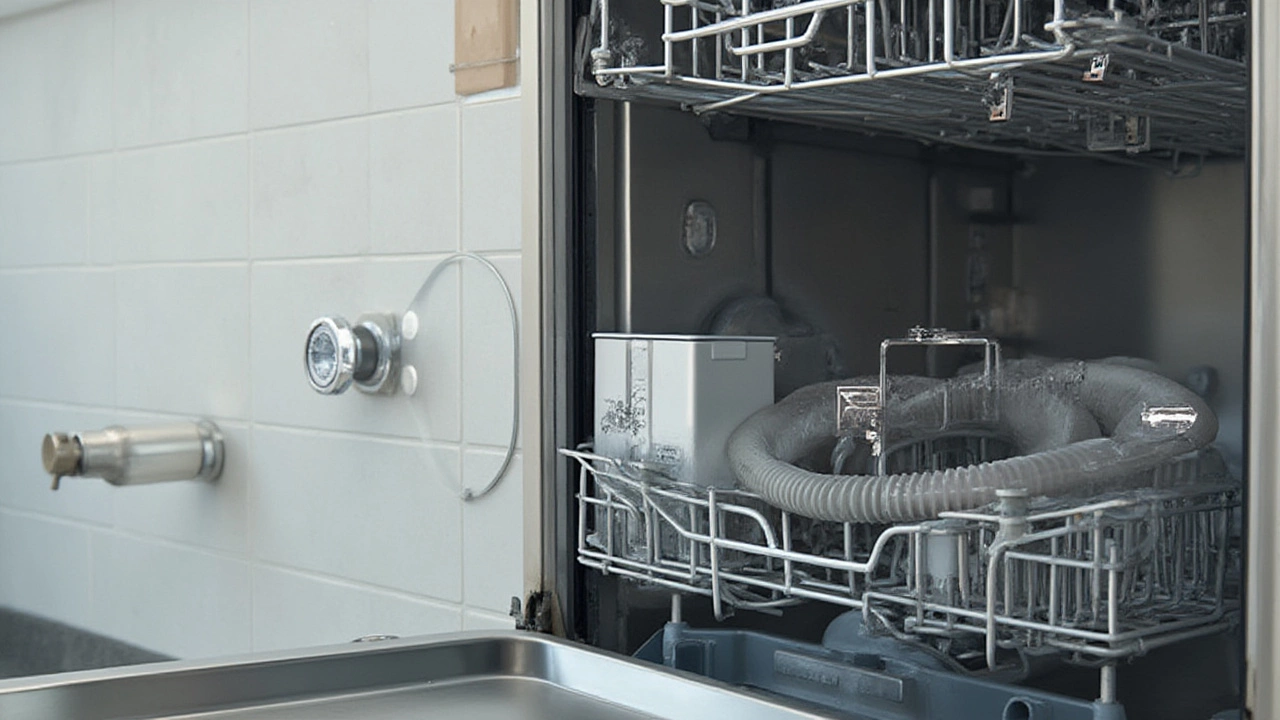
DIY for the Pre-Pro: How to Fix Dishwasher Draining Problems at Home
Ready to roll up your sleeves? The good news is that most drainage problems don’t require fancy tools or a call to a technician. First, unplug your dishwasher or turn off its breaker—safety first. Then, remove the bottom rack for better access. Look for a circular cap or rectangular mesh filter at the base. Twist or pop it out and give it a quick rinse in the sink; you might be amazed at the gunk that comes off. For stubborn bits, soak it in hot, soapy water and scrub gently.
Next, examine the well where the filter sits. Use a paper towel or an old toothbrush to pick out any remnants—think popcorn kernels, glass shards, or sticker residue from jars. If your dishwasher connects to a garbage disposal, run the disposal to make sure it’s clear. Still standing water? Try using a turkey baster or cup to remove excess water, then inspect the drain itself. Shine a flashlight into the hose entry to spot any big obstructions. For hoses, check under the sink for kinks or sharp bends, and gently wiggle them to loosen debris. If you’re handy, you can disconnect the hose and flush it out with a garden hose outside (just have a bucket ready for drips).
Discovered something blocking the air gap? Just twist off the cap, pull out any gunk, and rinse it out. If you’re unsure where to find this, look for a small cylinder next to your faucet—it pops off easily. But what if your dishwasher still sulks? Check your owner’s manual for error codes (most are online if you lost the paper version) or look up video guides for your specific brand. Many modern dishwashers allow a “test mode” you can run to help diagnose specific failures, all without tools.
To sum up the quickest fixes:
- Clean the filter at least once a month (really, set a calendar reminder)
- Regularly check and clear out the drain hose and air gap
- Don’t overload the machine or use too much detergent
- Scrape loose food off dishes before loading but don’t worry about perfection—modern dishwashers need some grime to work properly!
- If your dishwasher is new and drains to a garbage disposal, make sure the install plug is knocked out
No luck? Then it’s probably a faulty drain pump or check valve, and it’s time for a professional.
When to Call an Expert and How to Prevent Repeat Headaches
Even the best home fixers hit a wall. If you’ve cleaned the filter, unclogged every hose and air gap, and the machine still won’t drain, don’t keep restarting cycles—it only makes things worse. Instead, listen for weird noises: A clanking or persistent hum means trouble in the pump. Water leaks underneath point to a busted seal or connection. If your dishwasher trips the breaker or causes lights to flicker in the kitchen, that’s an electrical issue: step back and call a pro immediately. National repair surveys put average costs at around $160-220 for drainage repairs. That stings, but catching the issue early saves you from even pricier messes like kitchen floods or burnt-out control boards.
Want to avoid drama next time? The secret’s in maintenance habits. Most people don’t realize that even new dishwashers run best when the filter is kept squeaky clean and the hoses clear. Put sticky notes in the cupboard or set a smartphone alert—whatever helps you remember. Using a high-quality, recommended detergent helps too, since cheap powders and pods can build up gunk fast. Once a month, toss in a dishwasher cleaning tablet and run an empty hot cycle; that clears out hidden grease and odors before they gum up the works. Another pro move? Check the manufacturers’ warranty and see if your model is prone to pump or electrical sensor issues. Some brands quietly extend coverage for known defects, so you might get repairs free of charge.
For fun (and quick reference), here’s a look at what causes and solves most common dishwasher faults, based on a 2025 appliance service industry snapshot:
| Problem Area | % of Drainage Faults | DIY Solution | When to Call Pro |
|---|---|---|---|
| Filter Clog | 43% | Monthly cleaning | Severe buildup, can't remove filter |
| Drain Hose Blocked | 24% | Flush hose, check for kinks | Hidden leaks, hose replacement |
| Garbage Disposal/Air Gap Gunk | 18% | Clear disposal & air gap | With persistent backflow issues |
| Pump Failure | 11% | Check for noise, small objects | Pump replacement needed |
| Check Valve Fault | 4% | N/A | Valve replacement |
There you have it—the not-so-secret truth behind the most common dishwasher fault out there. Keep that filter clear, treat your hoses with respect, and you’ll be enjoying spotless glassware without mystery puddles for years to come.
